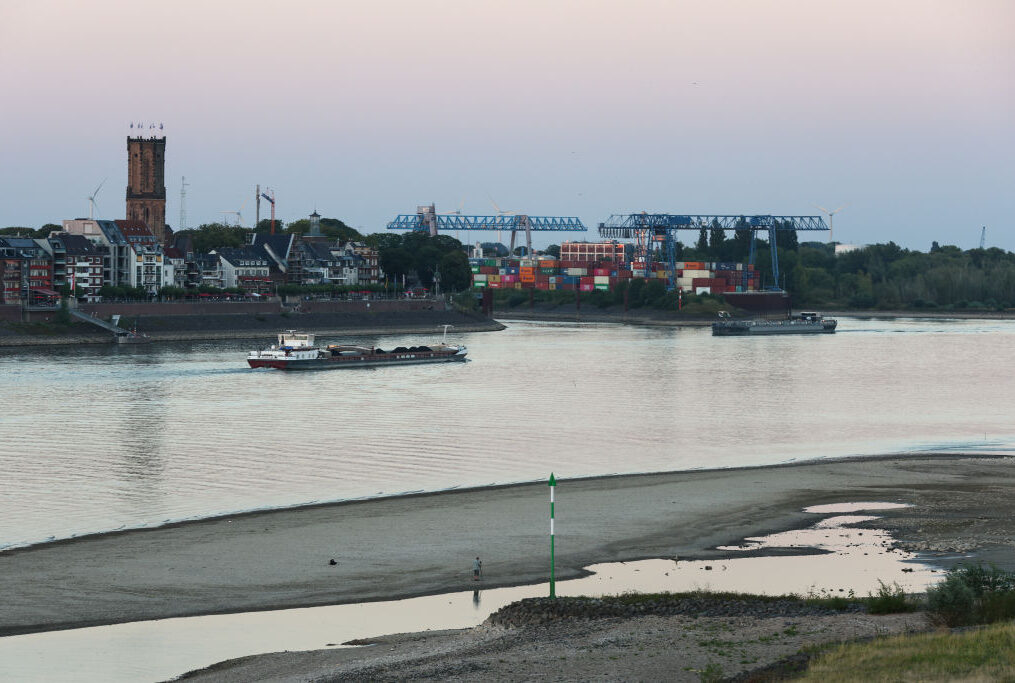Ach Nein! Rhine water level threatens to leave European shipping high and dry

AMIDST the doom and gloom of recent headlines, there have been some early signs of optimism that the worst of the globe’s supply chain crisis could be passing.
A major benchmark of the time taken for a good to get from the factory to its destination port – the Flexport Ocean Timeliness Indicator – has fallen significantly over just the past three months. A similar measure – the Baltic Dry index, which measures the cost of moving raw materials by sea – is heading down towards 2020 levels.
Both benchmarks have been flagged by analysts at Liberum as hints that there are “several signals of improving global congestion”.
But whilst much of the supply chain crunch over the past two years has related to Asian ports, the situation is worsening at speed in Europe.
Chief amongst concerns is the level of water on the Rhine, the continent’s second longest river and one that serves as the veins and arteries of Germany’s (and much of the continent’s) industrial heartland.
In recent weeks the water level of the Rhine has fallen as a result of a summer of seemingly unceasing warm weather. The level at Kaub, an already shallow waypoint near Frankfurt, registered just 34 centimetres yesterday, 3cm shy of where it was on Saturday, with further hot and dry conditions expected this week.
Already this has forced a host of vessels off the river, or seen them sailing only around a quarter of their usual cargo to ensure they can still travel.
It is the latest headache for the already embattled German economy, which is struggling to build energy resilience ahead of winter after years of increasing reliance on Russian imports, which dried up after the Kremlin’s invasion of Ukraine.
Already the rail network in Germany has promised to prioritise cargoes carrying hard coal and mineral products if those can no longer be shipped down the Rhine. That would restrict the space available for other products, further gumming up the supply chain.
Shipping costs are already increasing as a result of the now limited supply of space on those cargo ships that can continue to sail. Liberum analysts believe the Rhine’s water level could take an entire percentage point off German industrial production in July.
The problems will, though, not be limited to Germany nor indeed Europe. Strikes at both UK ports and the Royal Mail will test “resilience” to the limit, reckons Enda Breslin, general manager for logistics outfit Shipbob.
“The scale of stock that large retailers need requires them to move product on ships, and the clogging of the major waterway in Europe will inevitably lead to empty shelves as we move into peak season.
“The final quarter is usually the most important for retailers and this year more than ever. With the cost-of-living crisis causing less consumer spending, and now potentially lack of stock – big retailers are in a precarious position,” Breslin warned.
They say it never rains but it pours – but the former may now be needed to avoid the worst-case scenario.

